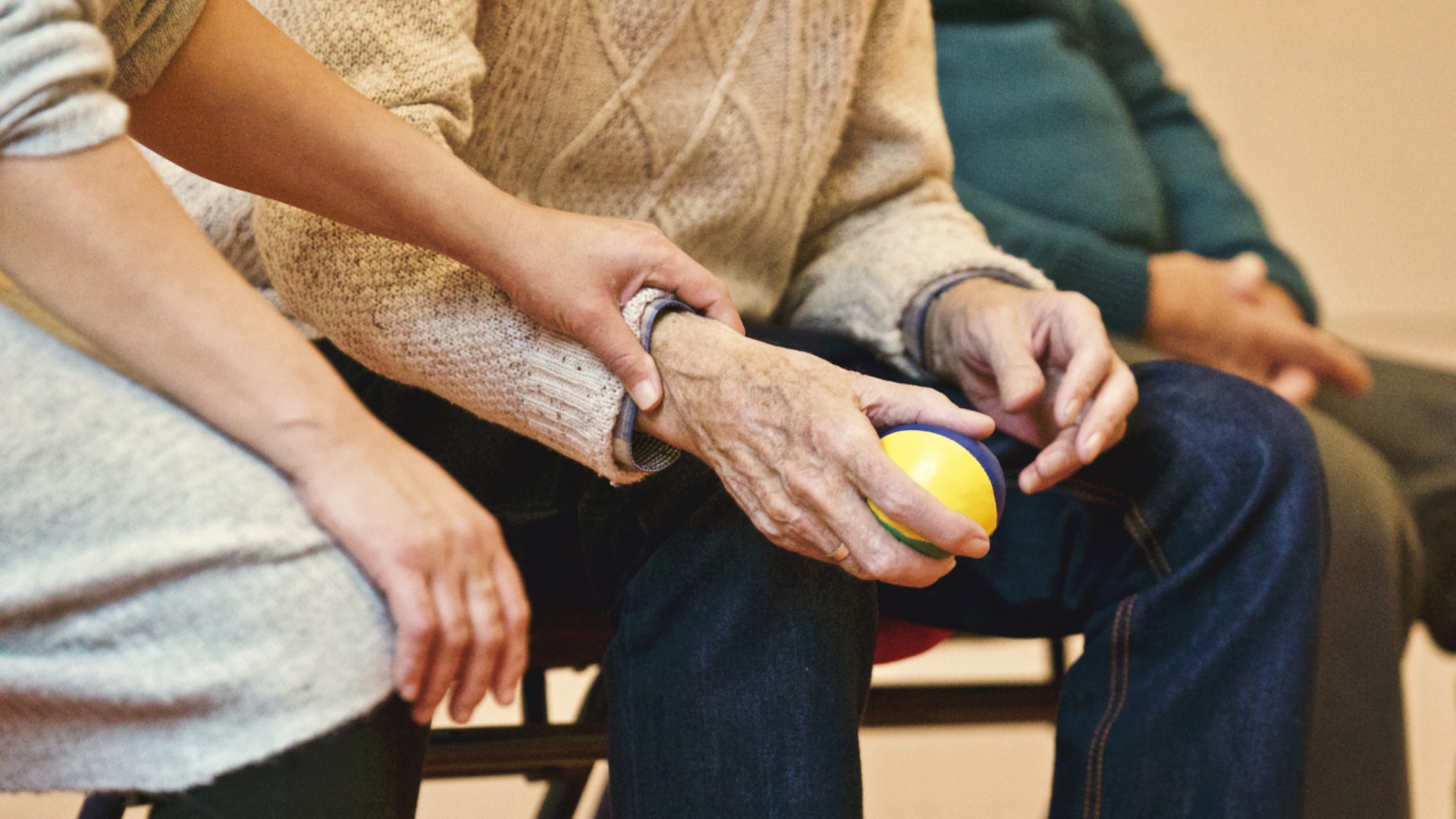
Parkinson’s disease is the second most common neurodegenerative disease after Alzheimer’s disease that affects approximately 10 million people worldwide. The disease prevalence is slightly higher in men than women and those that are above 60 years of age are mostly affected.
The typical symptoms of Parkinson’s disease include slowness of movement, rigidity, tremor, and postural instability. Besides these motor symptoms, a patient can also show non-motor complications like depression, anxiety, sleep disturbance, constipation, and fatigue. These symptoms develop when there is a massive loss of certain brain cells that produce dopamine, a chemical responsible for controlled body movement. The disease is progressive; meaning that its symptoms become more severe with time.
Exercise as a Therapy in Parkinson’s Disease
Medication is the most effective way of dealing with Parkinson’s symptoms. However, its therapeutic effects decline over time, and most often it causes side effects that further worsen the patient’s condition. Therefore, researchers are looking for different non-pharmacologic therapies that could improve the symptoms of the disease without deteriorating the patient’s condition.
Exercise is one such therapy. It not only improves the motor complications but also the non-motor problems that appear in this disease. Those patients who do regular exercise usually show a significant improvement in their overall quality of life. That’s the reason why most doctors considered it as medicine for Parkinson’s disease.
So, here are the main exercises that are shown to be beneficial for Parkinson’s patients:
Aerobic Exercises:
Any form of aerobic exercise is beneficial for Parkinson’s patients. This includes walking, jogging, stretching, cycling, and swimming. These types of exercise help to improve motor symptoms, walking speed, balance, and strength. Parkinson’s patients are recommended to make a routine of doing these exercises every day, at least 3 hours a week.
Resistance Training:
Resistance training includes a mix-up of upper and lower body workouts that can be performed using weight machines, free weights, your own body weight. This type of training is good for muscle strength and gait.
A study published in the Journal of Movement Disorders has shown that moderate-to-high intensity is highly beneficial for Parkinson’s patients. The study found that performing a high‐force eccentric resistance training for 45 to 60 minutes 3 days/week for 12 weeks can cause strength gain and mobility improvement in persons with Parkinson’s.
Tai Chi:
Tai Chi is a form of martial arts that involves slow controlled movement and the formation of various postures. It is effective in improving the flexibility, balance, and strength of a patient.
A review paper that compiled results from 21 separate studies has reported that those patients who actively participated in tai chi training get improvements in motor symptoms, balance, and mobility. The paper also reported that the training helps to decrease the feeling of depression in patients.
Yoga:
Practicing yoga is increasingly gaining popularity among Parkinson’s patients. It helps increase functional mobility, gait, and strength. It’s also good for the non-motor symptoms; helps in relieving depression and improves sleep at night. But most importantly, it helps improve the balance of a patient.
Tango:
Tango is a type of dance that involves a close embrace, small steps, and syncopated rhythmic footwork. This is especially good for improving the visuospatial functions. Its effects on visuospatial function were investigated in a study in which 23 patients with Parkinson’s disease participated in 30 hours of adapted tango, compared with an educational control group. The patients in the tango group showed improvements in visuospatial function. The study also found improvement in the motor function of Parkinson’s patients.
In addition to these traditional physical therapies, new technology-based exercises such as virtual reality and robot-assisted training have gained popularity and shown to be effective in enhancing motor and non-motor functions in Parkinson’s disease.
